Lexus Enthusiast editor Kevin Watts traveled to Nashville, Tennessee last month to test drive the all-new 2019 Lexus ES 350 & ES 300h hybrid. This is his personal impressions of the car, a full technical overview was posted last week.
For one moment, forget about the new Lexus ES sedan. Instead, think about every ES previous, and how you would describe it. It would likely be with words like Comfortable or Predictable, perhaps Conservative or even Dull if you were being less charitable.
For six generations, the ES has epitomized the old-school approach to luxury vehicles by being plush and dependable, never pushing the envelope or stepping outside of the lines. As a formula, the success is undeniable — Lexus has sold 2.12 million ES sedans since 1989, with over 1 million in the USA alone.
But that was then, and this is now. Sedan sales used to be able to support the IS sports sedan, the GS mid-size sedan, and the ES that straddled the two in price and size, respectively. Now, the entire automotive market thinks only of crossovers & SUVS, and Lexus has to be selective when updating its sedan lineup.
Enter the seventh-generation ES, a sedan that moves the needle closer to mid-size luxury in class and quality, while maintaining its price position as an entry-level luxury car. The times have changed, and the formula must change with it.
In the past, there’s been a hard limit in terms of the ES design. Despite the similarities in character to the LS flagship, Lexus has been mindful to maintain a respectful distance between the two models. This is no longer the case with the new model, as the ES now borrows from the LS sedan extensively. Even so, it’s only in the broad strokes — the seventh-generation ES is a much simpler design, free from the trappings of being a flagship.
My mixed feelings on the waterfall grille of the standard model have subsided somewhat, though I much prefer the styling of the ES F SPORT on the whole. There are certain configurations of color and angle where the car looks more expensive and upscale than necessary.
(As for the new colors: Sunlit Green is surprisingly intense with a wide spectrum depending on lighting. Moonbeam Beige Metallic is not my thing.)
Inside, the cabin is dominated by the 12.3-inch multimedia display, to the point where the rest of the interior practically fades away. It’s well enough that the biggest upgrade happens behind that screen, with the introduction of Apple CarPlay and the integration of the Amazon Alexa voice service.
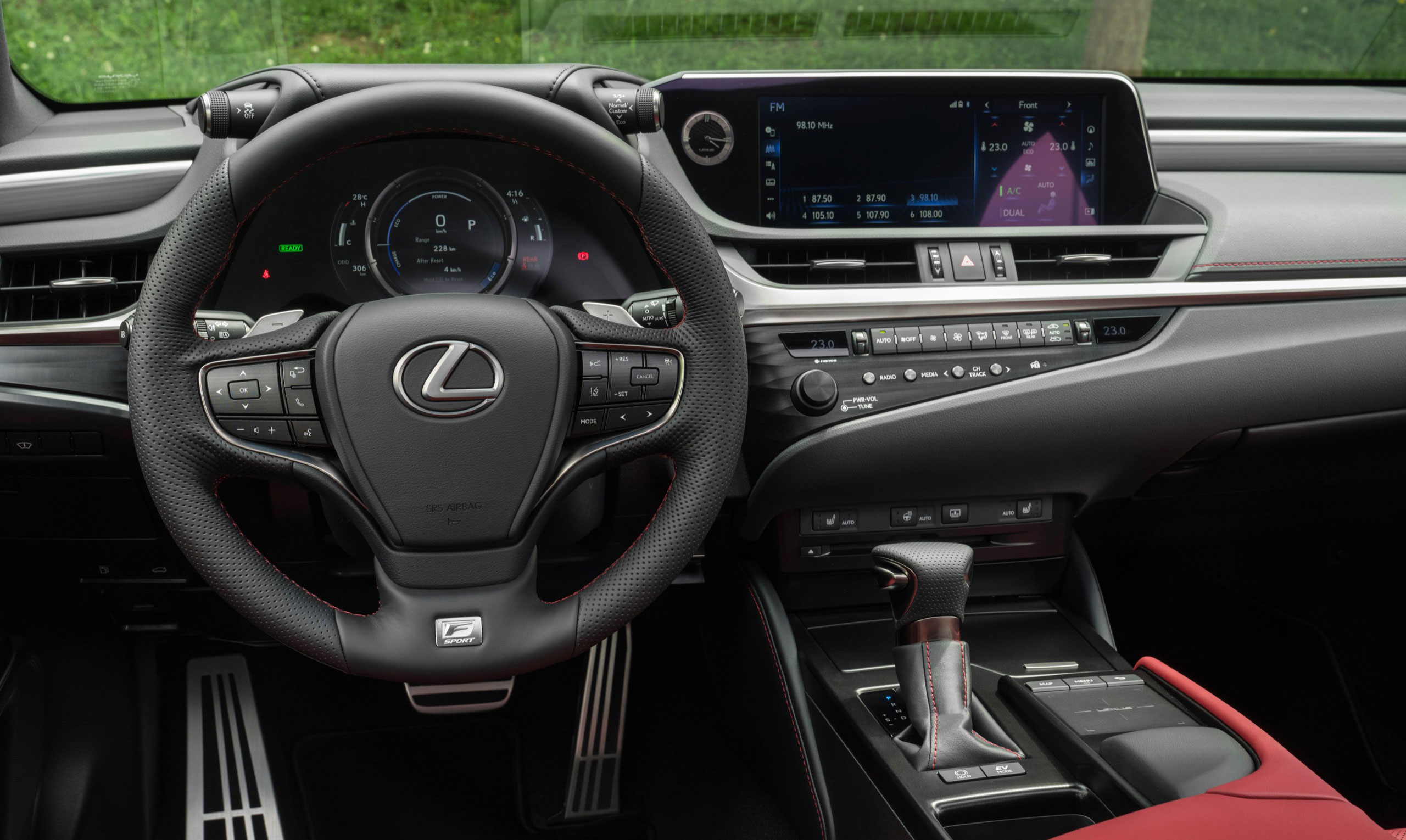
There will be the usual complaints about the Remote Touch controller, which appears as a touchpad in the ES, but the new openness of the Lexus infotainment software makes manual input feel archaic. Voice control is fluid, working well regardless of the preferred service.
After so many years without support, having Apple CarPlay should be the turning point in discussing Lexus infotainment. Lack of Google integration is a valid complaint, but anyone in the Apple or Amazon ecosystem will be very happy.
(Unfortunate that the in-car Alexa must be launched every time the car is turned on, but there’s surely a contingent of buyers that are happy for that additional layer of privacy.)
For the rest of the cabin, some point-form from my notes:
- The “wave” leather pattern available with some packages is subtle in appearance but bold in design. Lexus took a real chance adding texture to the trim, but it ends up elevating the interior.
- A full black interior does the cabin no favors, as it hides the details and highlights the plastics. On the flip side, the Circuit Red interior is brilliant, perfectly in line with F SPORT while keeping a semblance of maturity expected with the ES.
- There just isn’t enough wood trim in the cabin, though it does allow for a nice upgrade in the mid-cycle refresh down the line.
While I made sure to drive the standard ES 350 and the hybrid ES 300h, I was unable to escape the siren call of the Ultra White ES 350 F SPORT and its Circuit Red interior. There will be those that deride the very existence of a front-wheel-drive ES performance package, but the benefits are real and pronounced.
As expected, the upgrades all center on the driver — the steering wheel is leather-wrapped and thicker, the seats have extended side bolsters, there’s aluminum pedals and a G-Force gauge in the instrument panel. An Adaptive Variable Suspension is standard.

The thing that sold me was the steering, where the ES F SPORT is a significant upgrade over the standard model. There’s more weight to the wheel, providing better feedback and increasing the luxury factor of the driving experience. Again, the ES emulates a more expensive car in a very positive way.
(It should be noted that steering feel becomes much heavier in Sport mode for both Luxury and F Sport models.)
There’s a point during the day when I’m out in an ES 300h, driving around the Tennessee countryside, looking for somewhere to take photos and maybe shoot a video. My expectation of a quick turnaround quickly subsides, and I find myself driving aimlessly, pulling into small driveways, backing out onto busy roads, trying to find a patch of privacy with a good view.
Here’s the kicker — I never end up finding a spot. 40 minutes in the southern wilderness, and not a photo opportunity anywhere. But in the process, I do learn a couple things about the ES, the hybrid in particular.
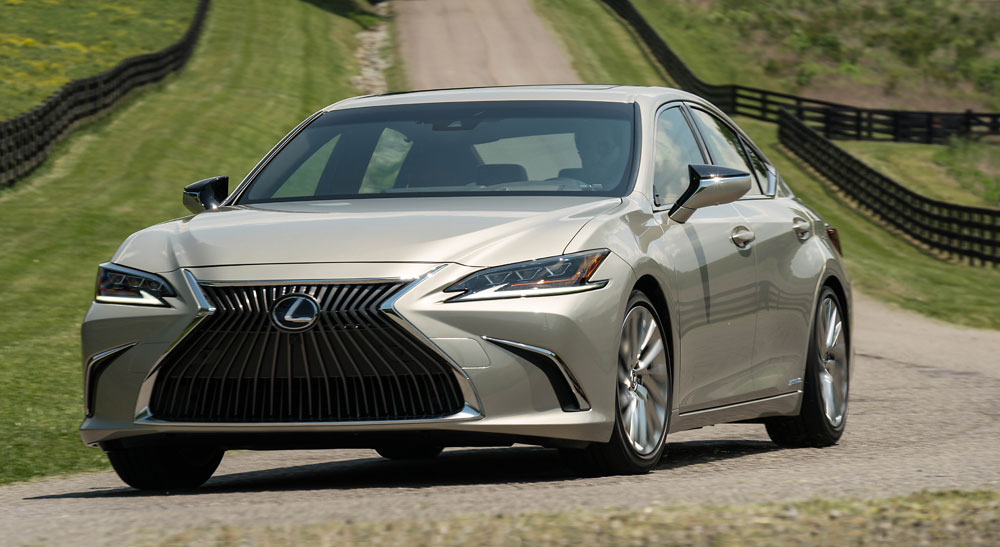
Where the ES F SPORT feels like a distant relative to the previous generation, the ES hybrid is more evolutionary in its handling — light to the touch, but still grounded on the road.
The ES 300h is whisper quiet at moderate load, but even with the additional hybrid frequency-specific sound dampening, I’m not a fan of the engine & electric interplay. During heightened acceleration, the whine is audible and mechanical, like a washing machine spinning too fast.
But the driving experience is almost besides the point, because the ES 300h delivers a combined 44 mpg for city & highway driving. Outside of a plug-in, there is no more fuel-efficient luxury car available in the USA. I’m convinced my IQ went up a few points in my time behind the wheel.
In a lucky turn of events, the standard ES 350 is the last car I drive — it’s an amalgamation of the other two cars, with the F SPORT’s V6 and its eight-speed transmission with the lighter driving touch of the ES 300h.
If you have any familiarity with the ES sedan over the years, and perhaps are looking to capture that classic experience, the ES 350 is the car for you. The core experience remains the same — the cabin is still comfortably isolating, and the driving remains suitably effortless. The drive back to the hotel is a breeze, just as you would hope for after a long day.
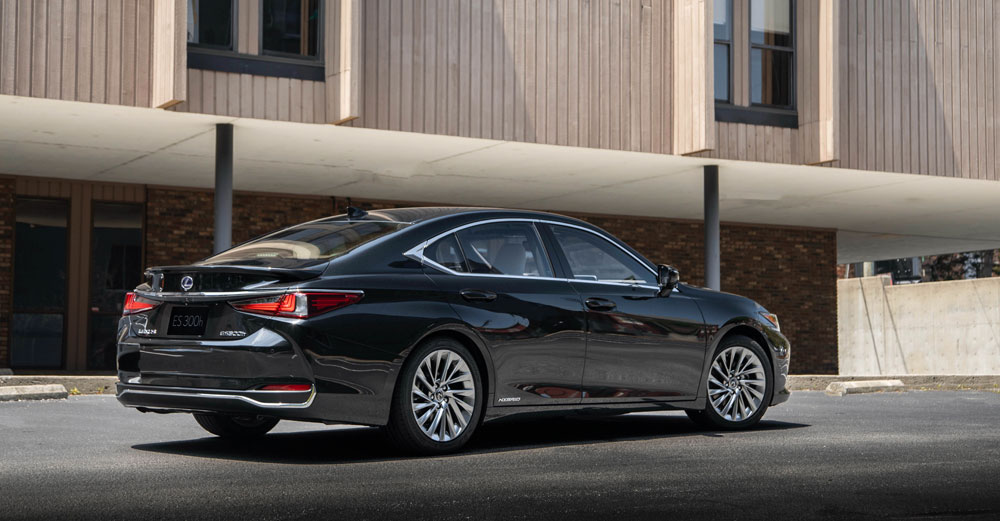
So what words would I use to describe this new ES? Comfortable most certainly, but I would add Confident and even Compelling as new qualities. Lexus may want to position this car against the Mercedes C-Class & Audi A4, but its true competitors are a class above and $10,000 more expensive. There is a lot of car for the money here.
This leads to wondering about how the front-wheel drive of the ES will compete against the rear-wheel drive performance of the E-Class or the all-wheel drive of the A6, but this is only one part of the formula. The better question is, how can Mercedes and Audi afford to compete with this car?

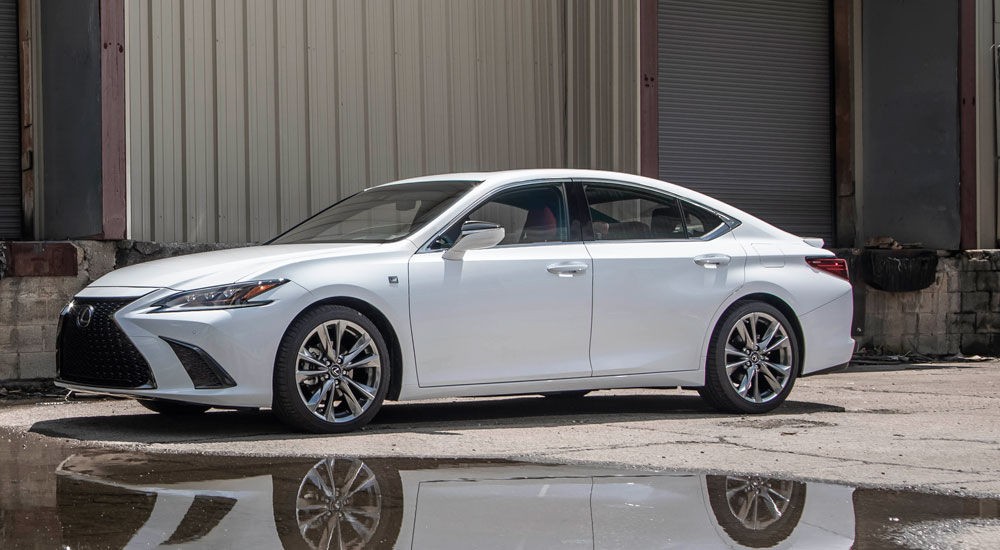

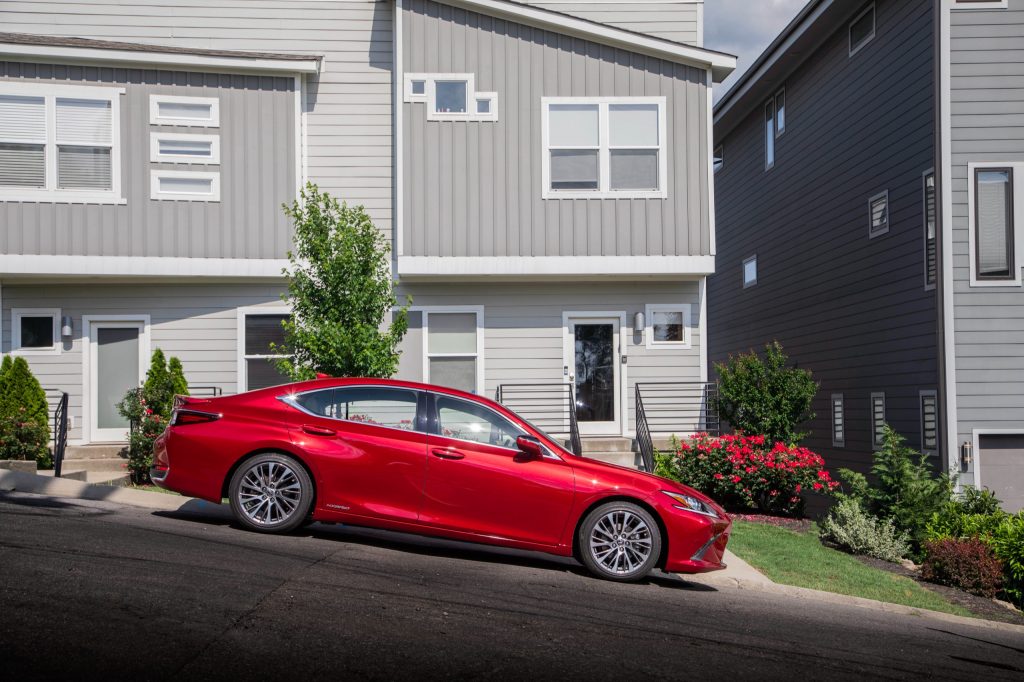
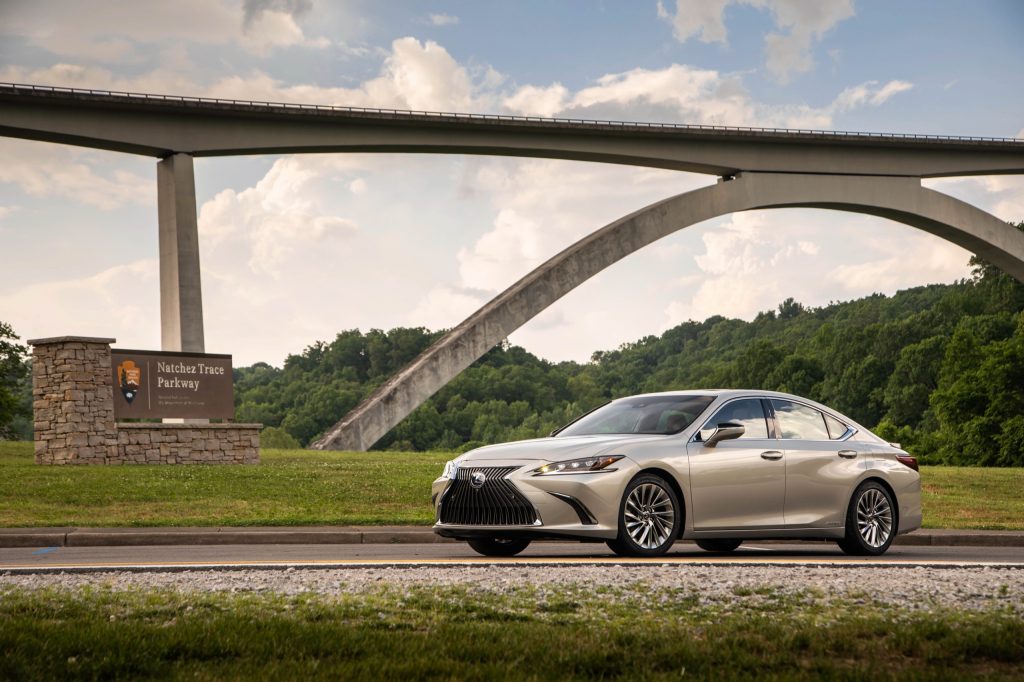
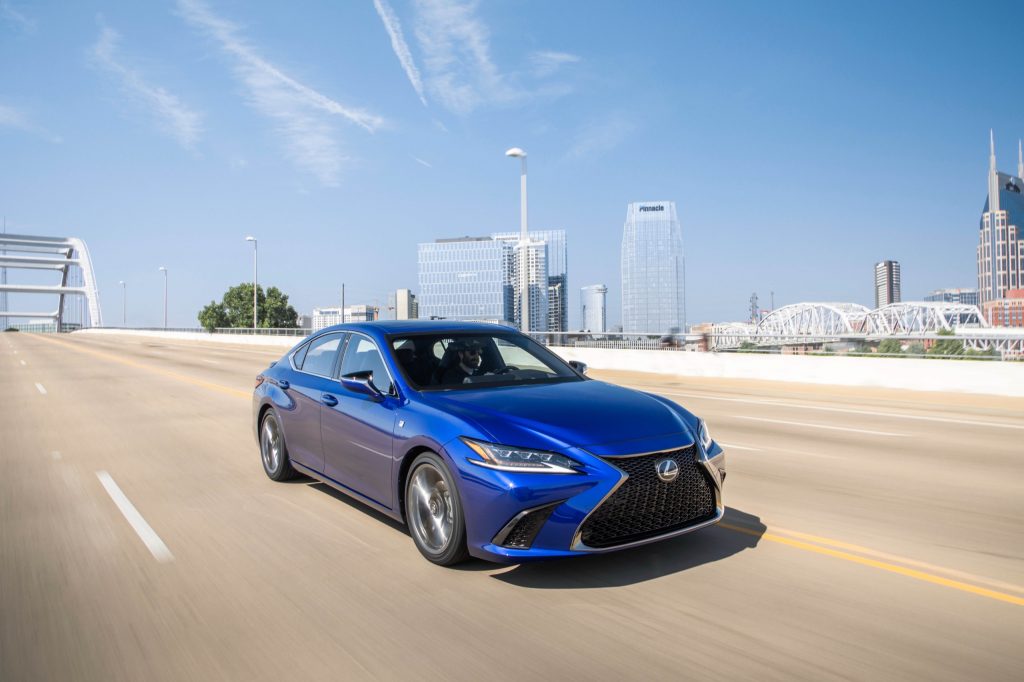
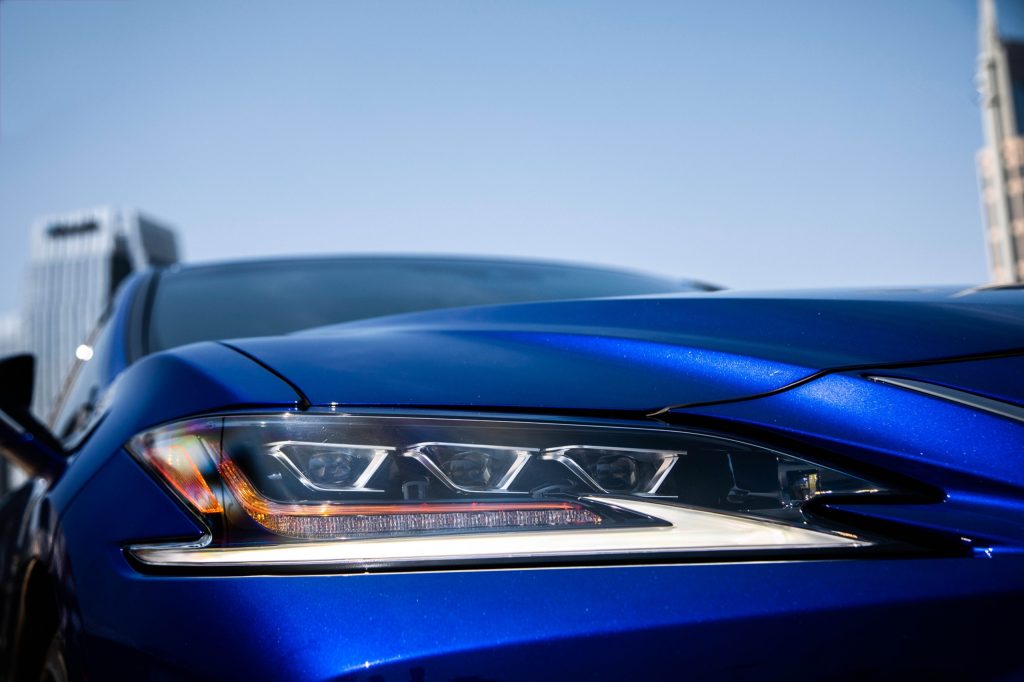
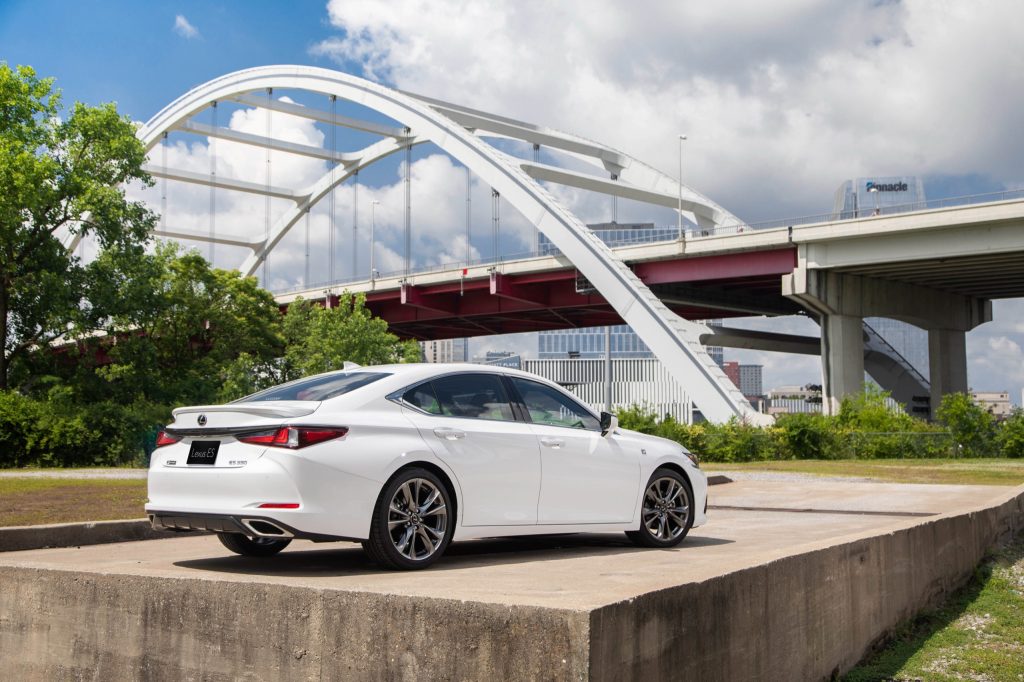


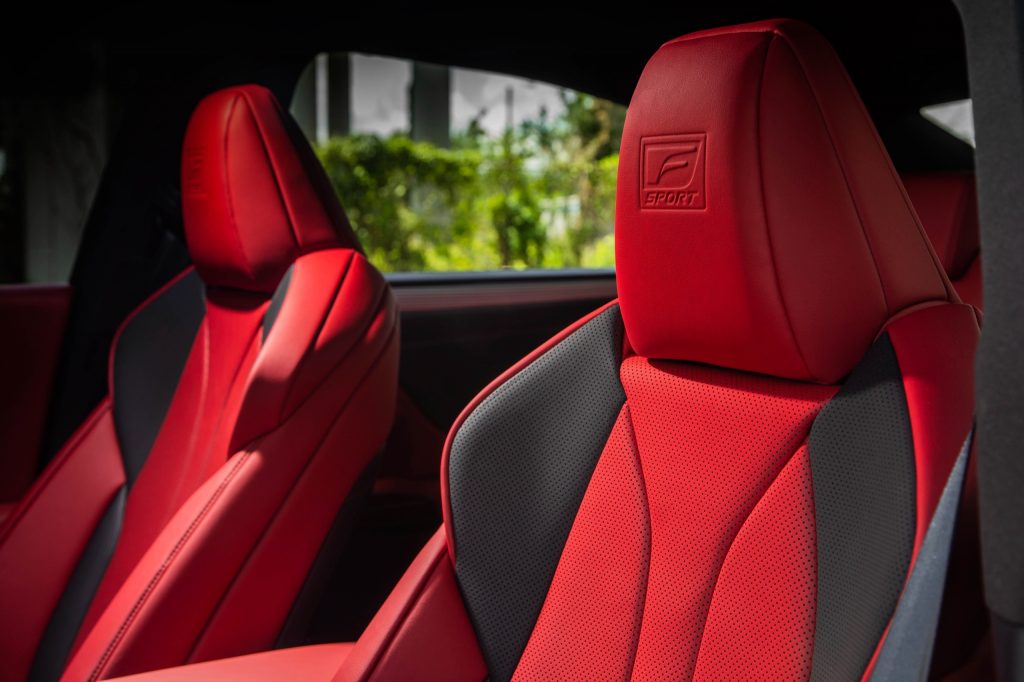
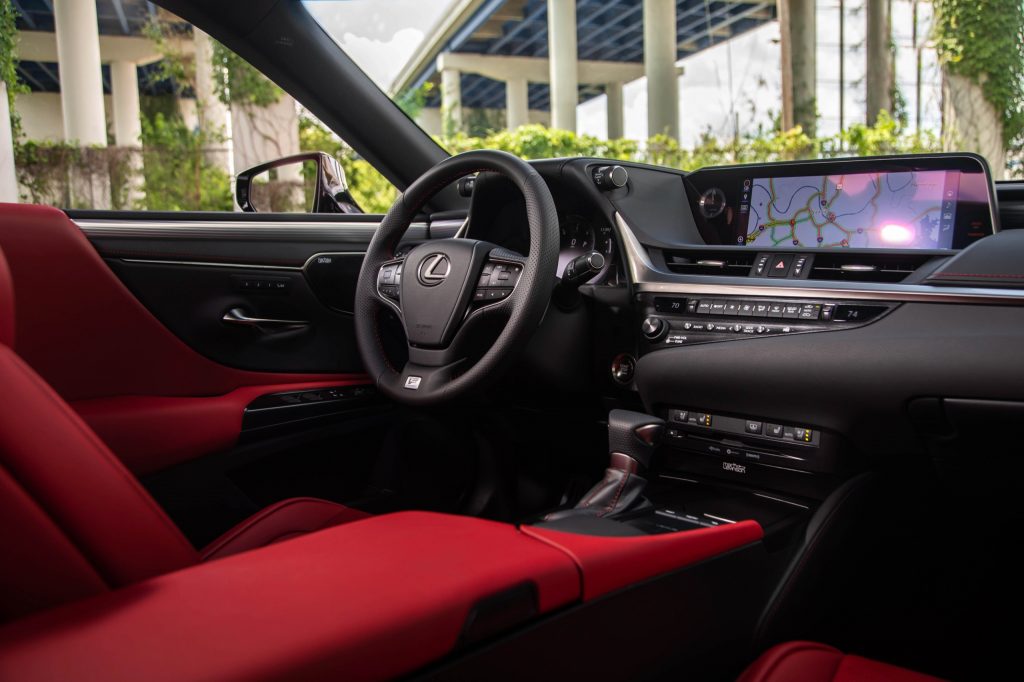
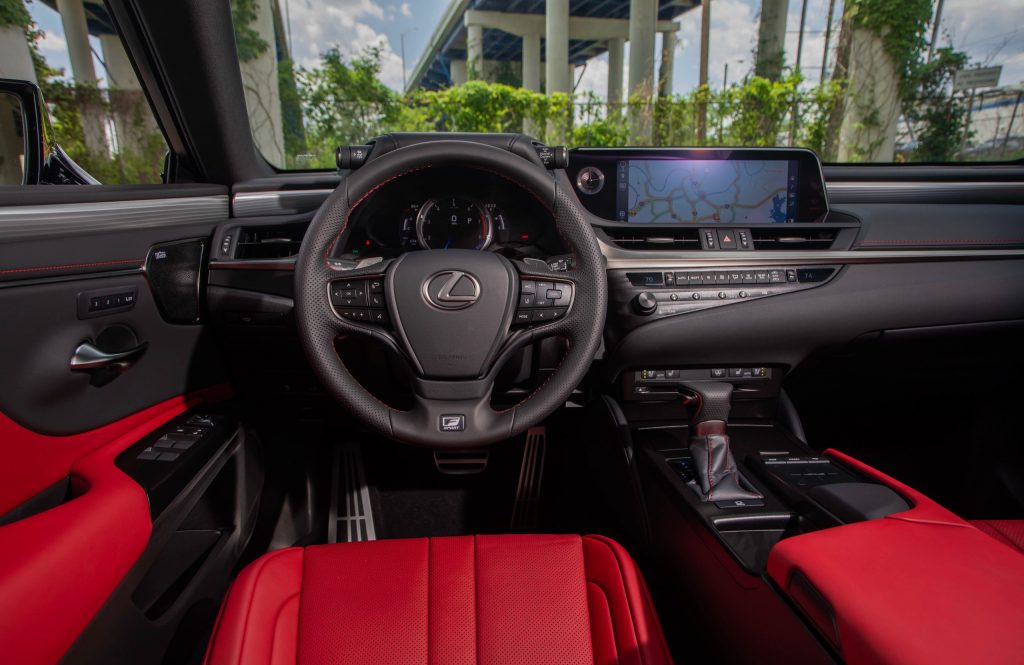

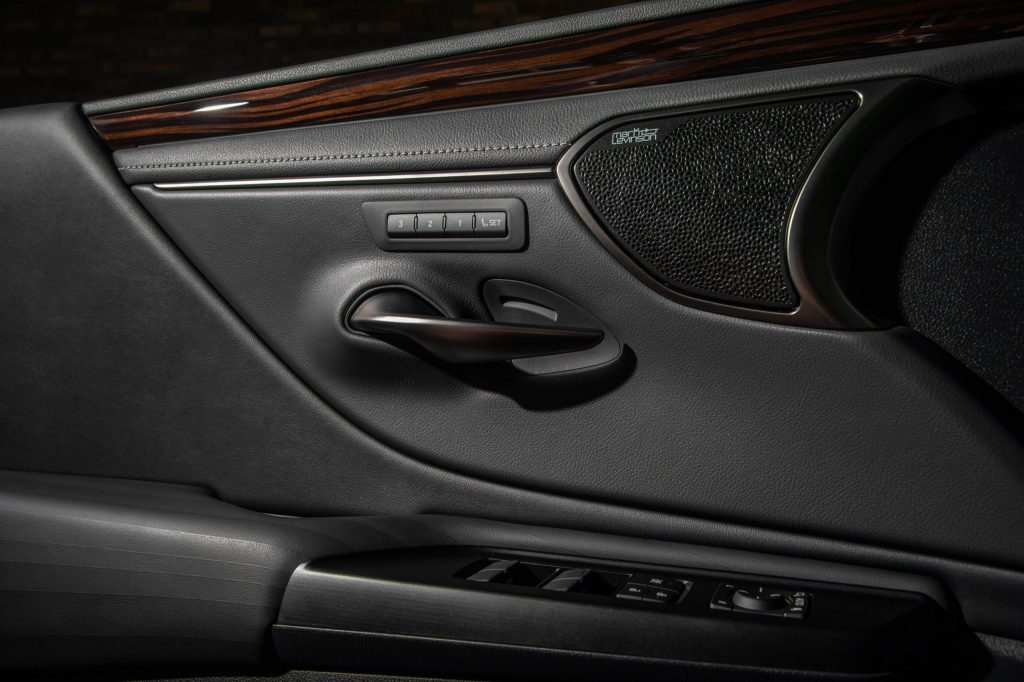
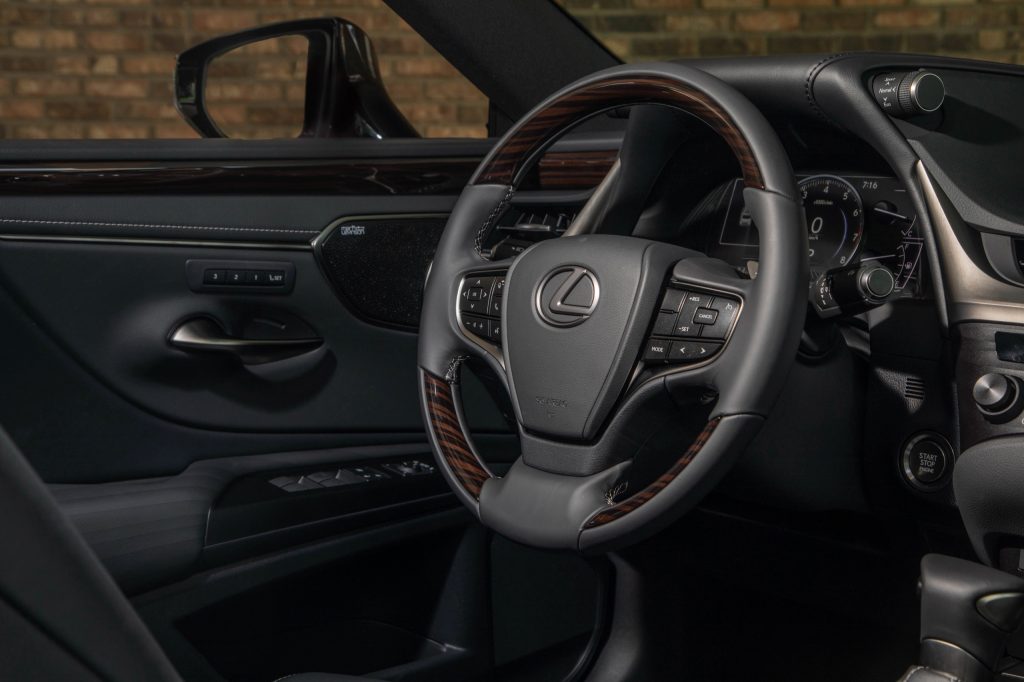
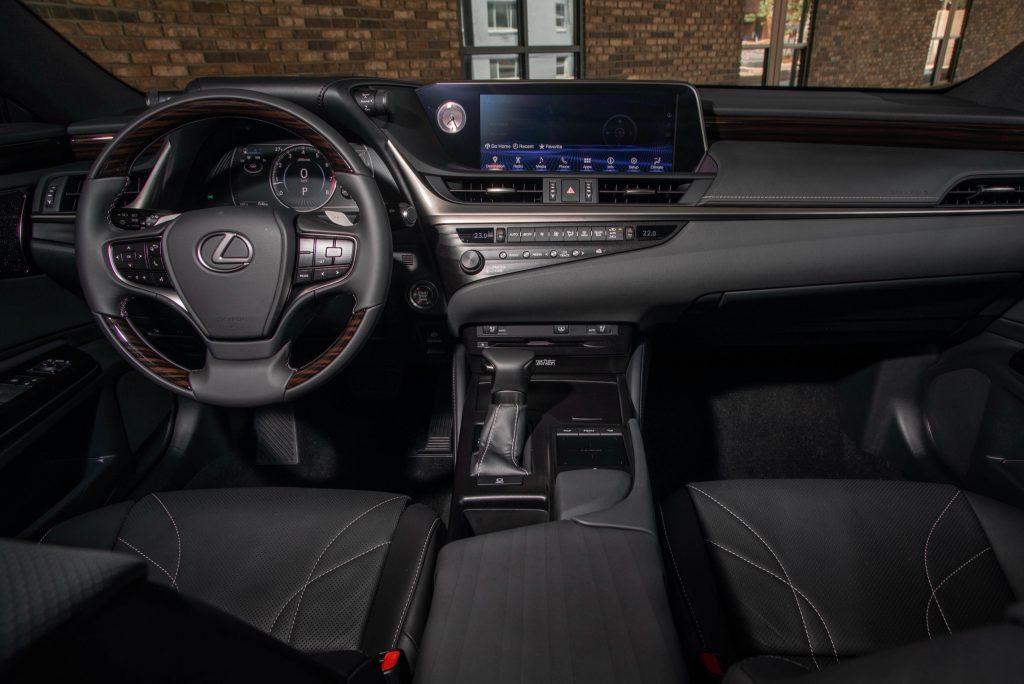
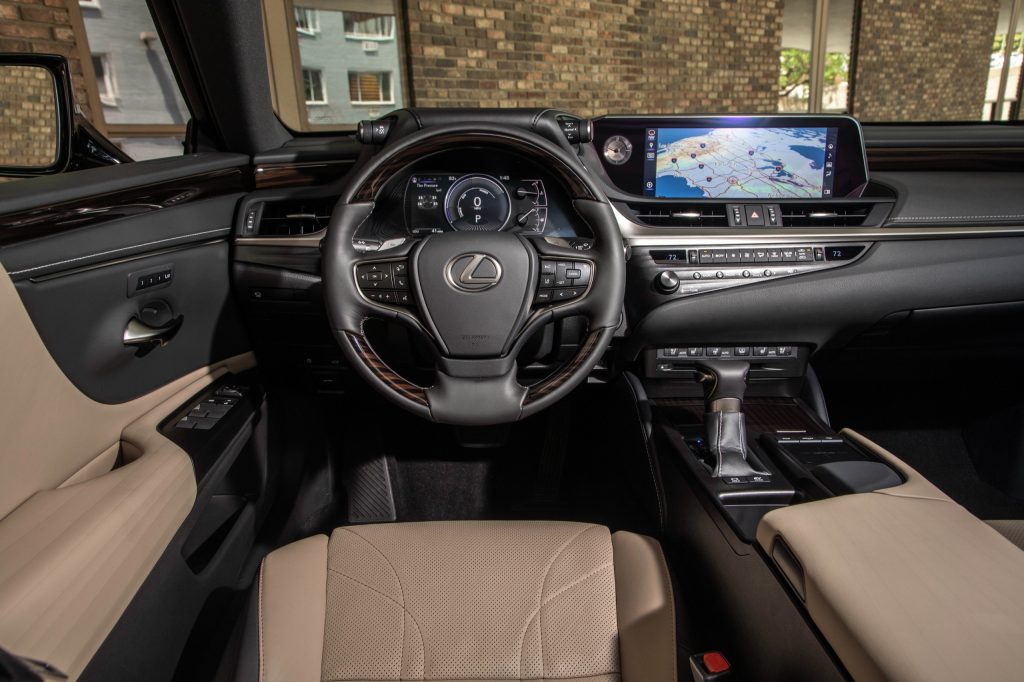
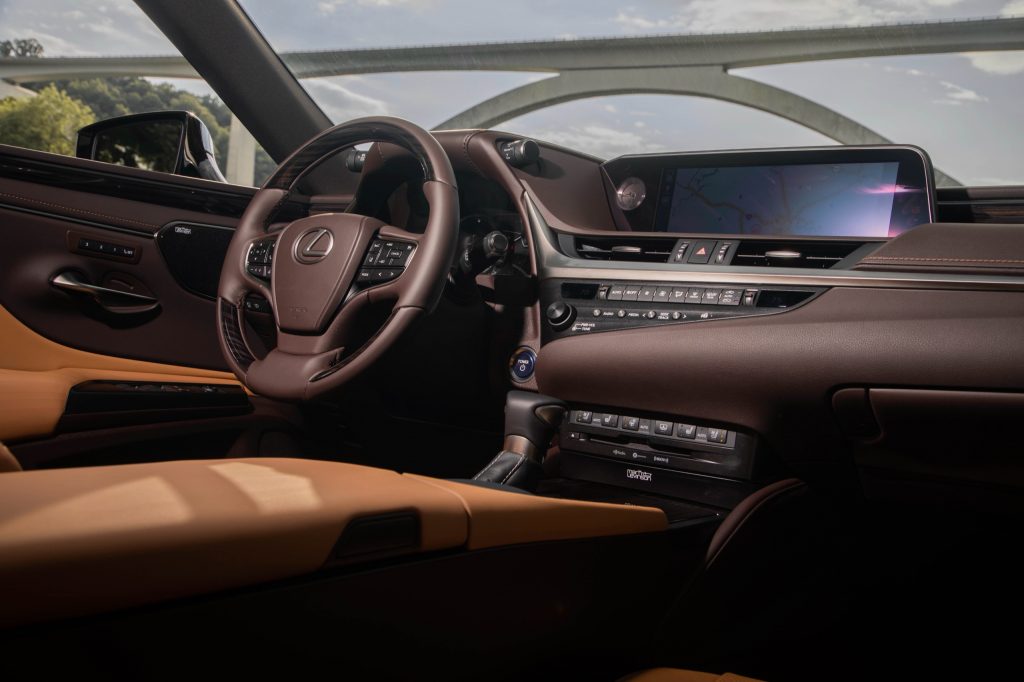

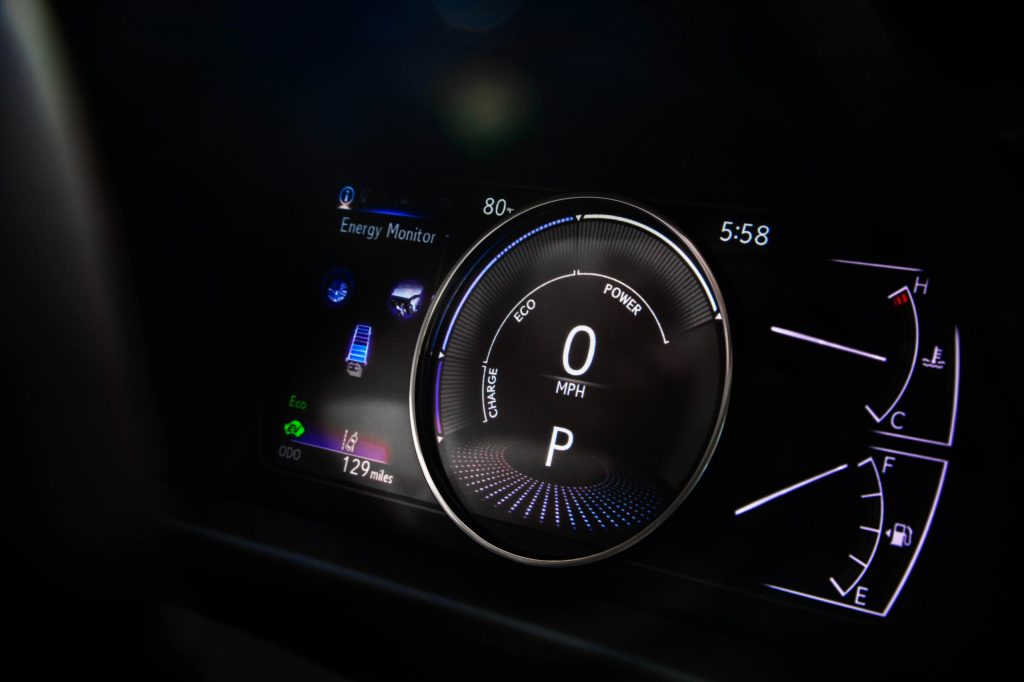
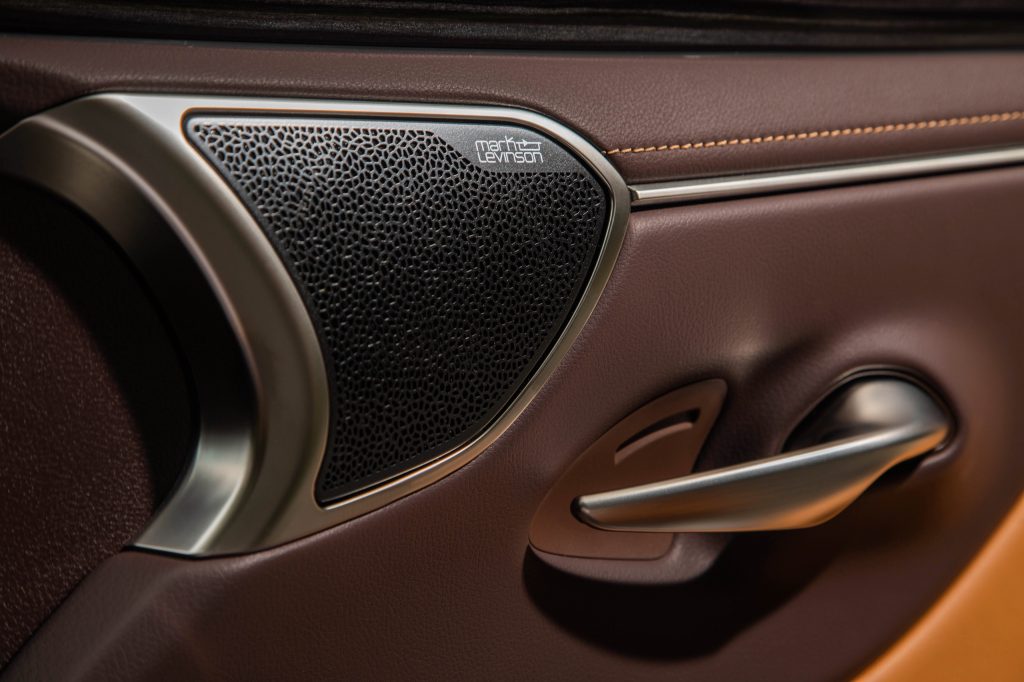
Comments